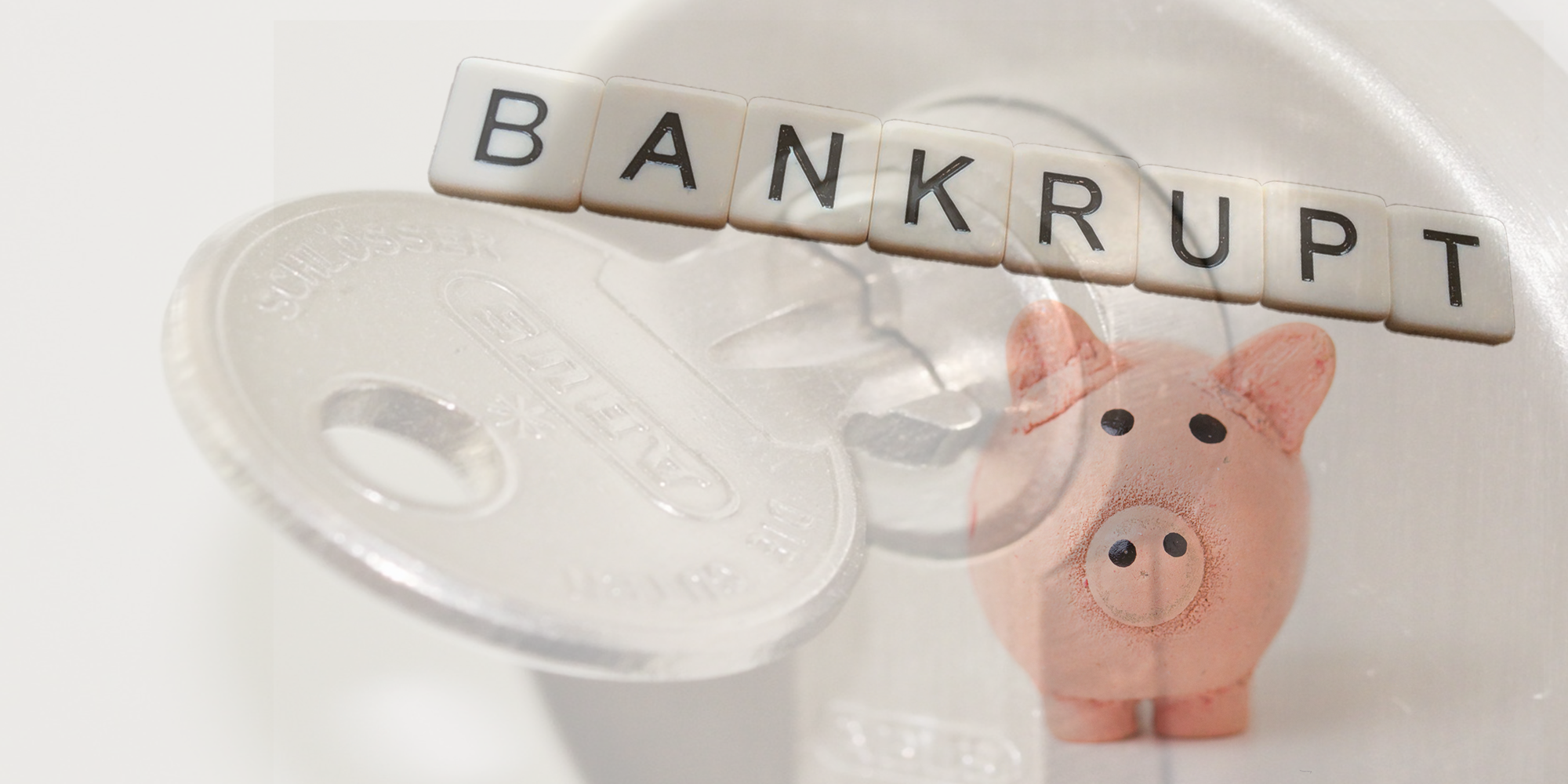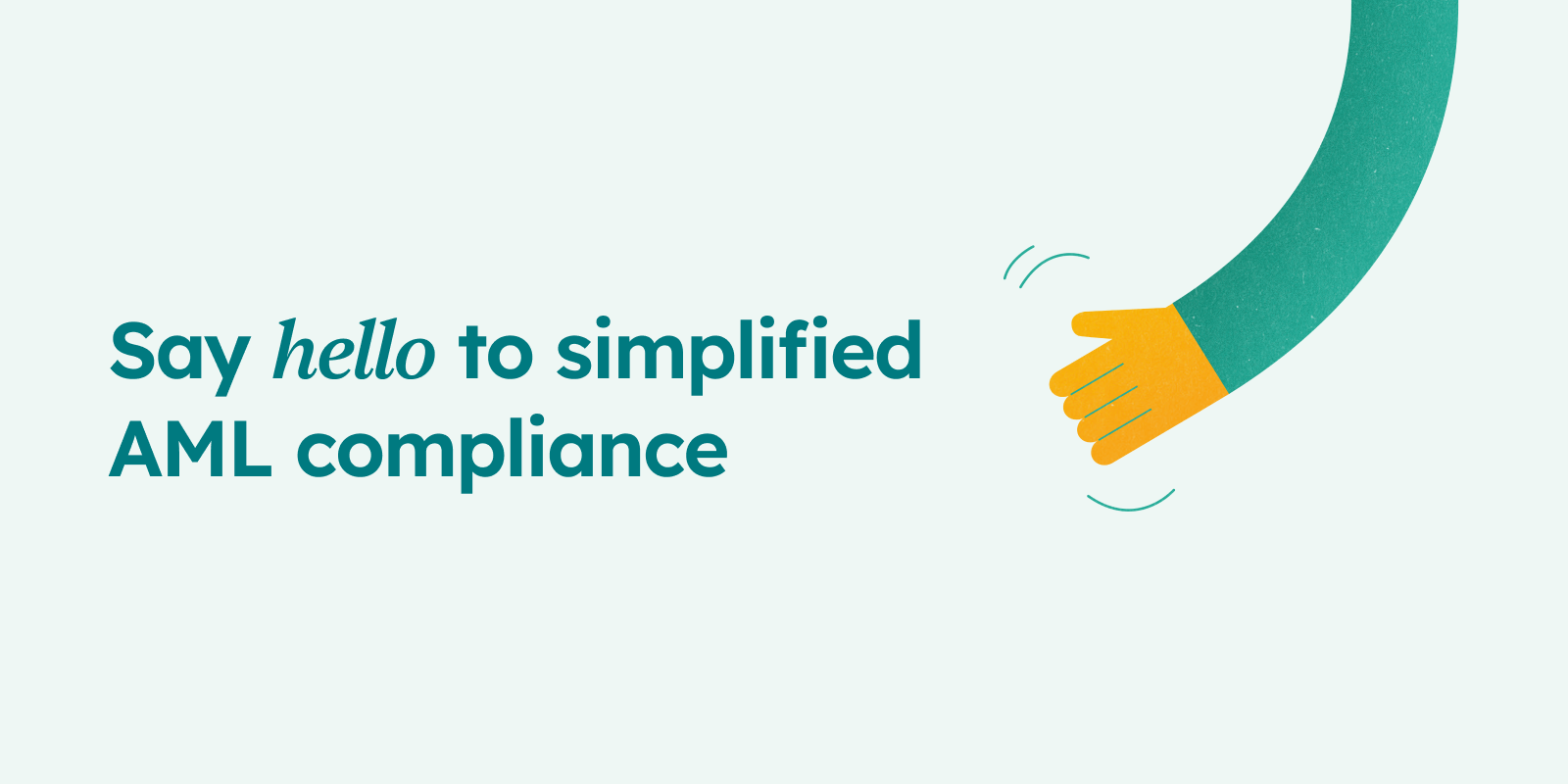1 min read
Creditro takes over KYC from Penneo
As part of Visma’s ambition to build world-class digital solutions, a strategic decision has been made to sharpen the focus of its portfolio...

It looks like bankruptcy often comes out of the blue, but there are several warnings before the cash register is slammed. This article clarifies the warning signs you can watch out for before things go wrong for the companies.
Suppose you doubt the risk of entering a collaboration with a company or are interested in the company's financial situation for other reasons. In that case, you can purchase a credit assessment from Creditro. With this credit rating, you get an overview of the company's financial situation without the company being notified of who requested the credit rating.
What Creditro looks for is pretty much the same as what the banks look for when judging whether they want to continue paying out to business customers.
The reason for this is that it is the banks that decide whether a company should go bankrupt or not. Because if the banks continue to pay out money to the company originating from the bank, the company will not go bankrupt.
You can learn much about a company's financial health by looking at its last two financial statements. Here, you must keep an eye on liquidity – that is, how much working capital the company has.
Working capital is an accounting quantity that refers to the financial resources a company has within its assets to meet payment obligations related to its economic activity in the short term. A bankruptcy will only occur when the company has run out of cash.
After this, you have to look at the solidity. Equity is the ratio between a company's equity and debt capital. The more significant part of the asset pool that is made up of equity, the more solid the company's finances.
Next, you can look into how the company's earnings look. Here, however, you must take some precautions, as good profits and thus a good economy can vary significantly from industry to industry.
If it is in a huge IT company with a turnover of several billion, a profit of just one percent can be excellent and satisfying. If, on the other hand, it is in a production company, in several cases, you must go all the way up and hit 15-20 percent before it is considered acceptable.
In the same way, a company may have operated at a loss for up to several years without being at risk of bankruptcy. This may be due to significant equity capital or fixed, secure financing. Therefore, several deficits in a row will not necessarily be worthy of future bankruptcy.
It depends significantly on a company's ownership, where it is financed, and how terrible key figures are taken. E.g., subsidiaries can have a longer leash to run on, especially if they share a name with the parent company.
This is because some identity and branding are associated with the company, or if they are an integral part of the parent company's business, then the parent company is dependent on them. Therefore, you don't want just to let them go bankrupt.
Creditro continuously analyses and monitors where there are the most bankruptcies in the Danish labour market and what the general trends are in the market.
Here is a list of some of the riskiest companies:
Bankruptcies are also rare in the utility industry, supplying basic needs such as water, electricity, and sewage. It is an industry that provides fixed needs and does not fluctuate so violently.

1 min read
As part of Visma’s ambition to build world-class digital solutions, a strategic decision has been made to sharpen the focus of its portfolio...

3 min read
When you are subject to AML regulations, there are several tasks you need to complete annually. An annual compliance plan can help you stay on top of...

3 min read
AML compliance can be a hassle, but we don’t think it has to be that way. That’s why we’re proud to finally introduce our new brand, which reflects...